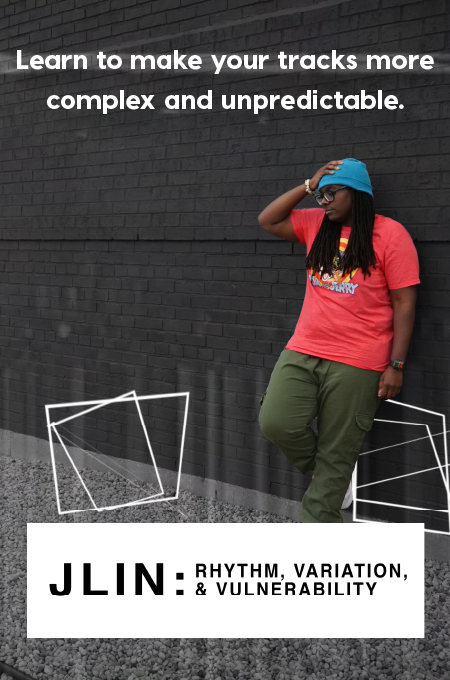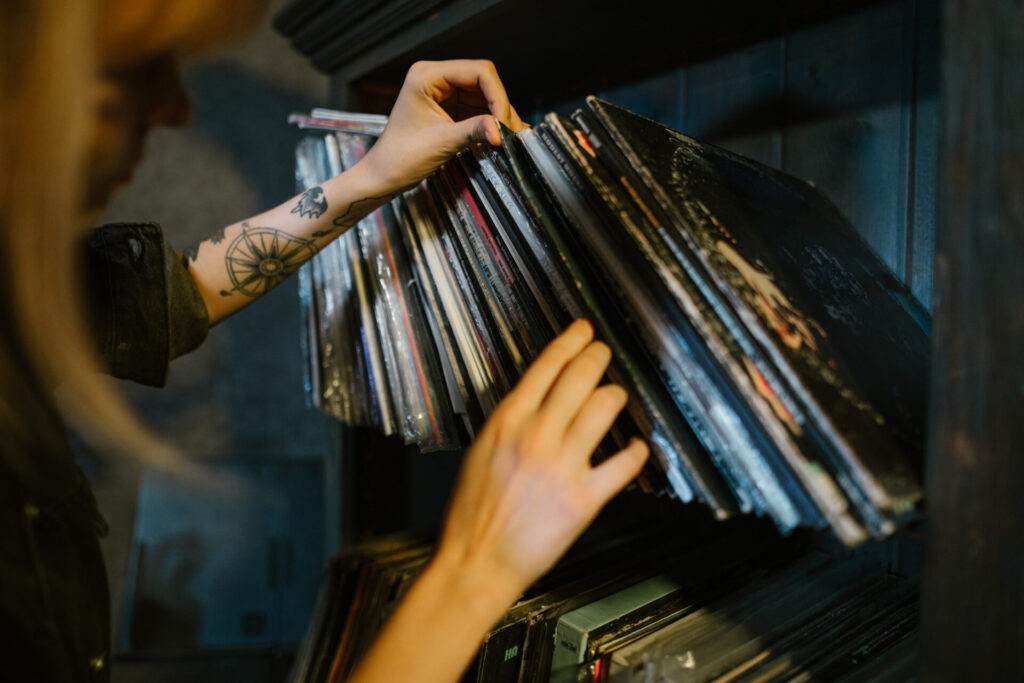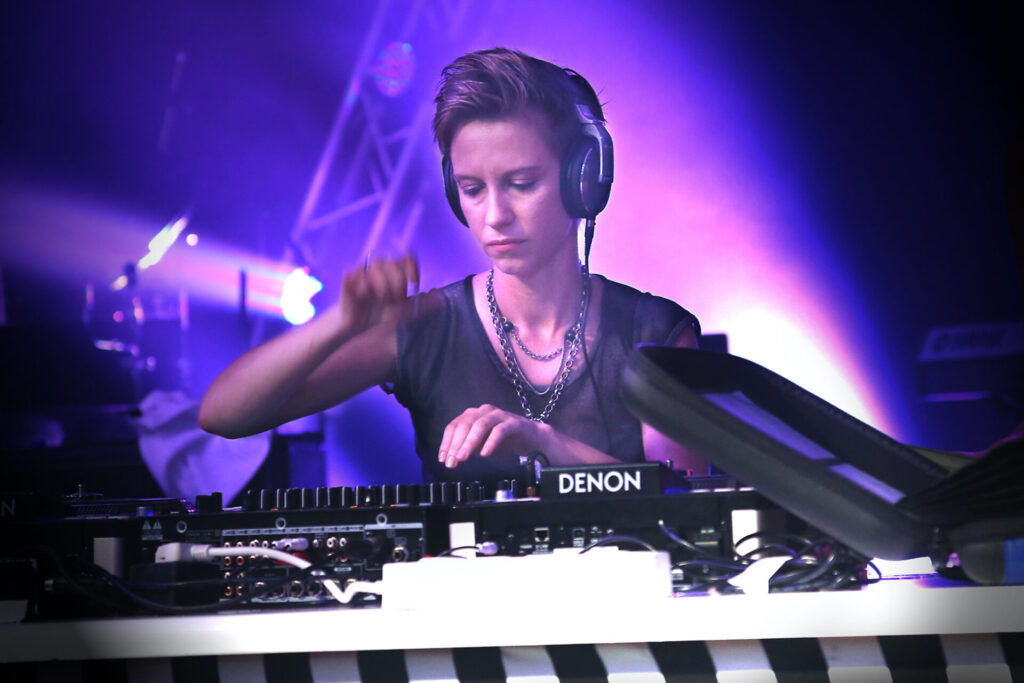+ Our brand new course with The Dillinger Escape Plan’s Ben Weinman teaches how to make a living in music without making sacrifices. Check out The Business of Uncompromising Art, out now exclusively on Soundfly.
When musicians set out to dominate the world with their music, they usually envision playing to sold-out stadiums and amphitheaters of screaming fans, not living rooms in front of only a handful of attentive listeners. But believe it or not, for lots of artists, house shows end up being more beneficial and sustainable than ones played at traditional venues, and organizations like Sofa Concerts are trying to connect more artists with even more opportunities to everyone’s benefit.
If you’re an indie touring musician who’s used to a certain type of environment, and you still need some convincing, here are six great reasons why you should play more house shows.
1. People are (usually) less inebriated at house concerts.
Since house concerts are, well, in houses, the expectations set at these events are inherently quite different from those at traditional venues. While the practice of audience members getting shmammered at venue shows has become accepted and even expected, the rules are different at house concerts. These concerts are more intimate, more focused on the music — they’re likely to be quieter and the connections between the artist and audience are therefore stronger. House concerts typically won’t feature a loud, drunk, and rowdy crowd, and you won’t need to unstick your shoes from any PBR-soaked floors, either.
2. House shows usually start and wrap up early.
You know that wretched feeling you get when it’s 3 AM and you still haven’t begun loading out from the venue, and you have to be up in three hours to make it to your next show in Sacramento?

Yeah, that one.
Well, you can kiss that source of tour stress goodbye! House shows are more favorable to touring musicians because the hours end up being a lot more friendly and respectful. Since most concert venues and clubs make money serving alcohol, it’s in their best interest to keep the crowds inside their doors for as long as possible. But since most houses have people living in them, shows tend to start around sundown and wrap up just a couple hours later.
3. Built-in audiences are more common at house shows.
House concerts are often built around local musical and friend communities, so there tends to be a healthier audience circuit than at most venues. Whether you’re passing through or playing in your own town, you might not have to hustle as hard to gain access to these communities and share your music with them. Knowing whether anyone is going to show up or not is always a worry for unestablished touring bands playing regular venues, but house shows usually offer small yet reliable crowds.
4. There’s no venue staff to pay.
Some house show hosts will have to take a percentage of the door cut to cover their costs, but in most situations, it’s the performing artist who ends up with the lion’s share. Playing a big ol’ fancy venue might be an impressive thing for a burgeoning band to brag about, but with all the staff and overhead costs, the bands won’t earn any money unless they’re able to fill it. At a house show, you’re not expected to bring in hundreds — you can even make the gig free to attract more people and ask for donations.
5. The sound limitations at house shows make for creative musical compromises.
If you’re used to playing huge stages with elaborate sound and equipment setups, a house concert will force you to present your music in the clearest (and sometimes most stripped-down) way possible.
Not every house show needs to be strictly acoustic, but most don’t provide the space or gear for earth-shattering volumes or fancy sound effects. These limited setups sharpen an artist’s performance skills and often lead to new creative interpretations of their music, and more comfort in one’s ability to make do.
6. More intimacy, baby.
Bands who play on proper venue stages are removed and distanced from their audience. The band-to-fan connections artists constantly seek to forge in live performance are made much easier and more frequently in the setting of a living room or back porch. You’ll also have a better chance at making friends with members of the audience and other performing musicians, because after your set, there will literally be nowhere to hide — unless you awkwardly pack up your things and leave the house without making eye contact or saying a word to anyone. I don’t recommend doing that.
Rev Up Your Creative Engines…
Continue your learning with hundreds of lessons on songwriting, mixing, recording and production, composing, beat making, and more on Soundfly, with artist-led courses by Kimbra, RJD2, Com Truise, Kiefer, Ryan Lott, and Ben Weinman’s The Business of Uncompromising Art.




